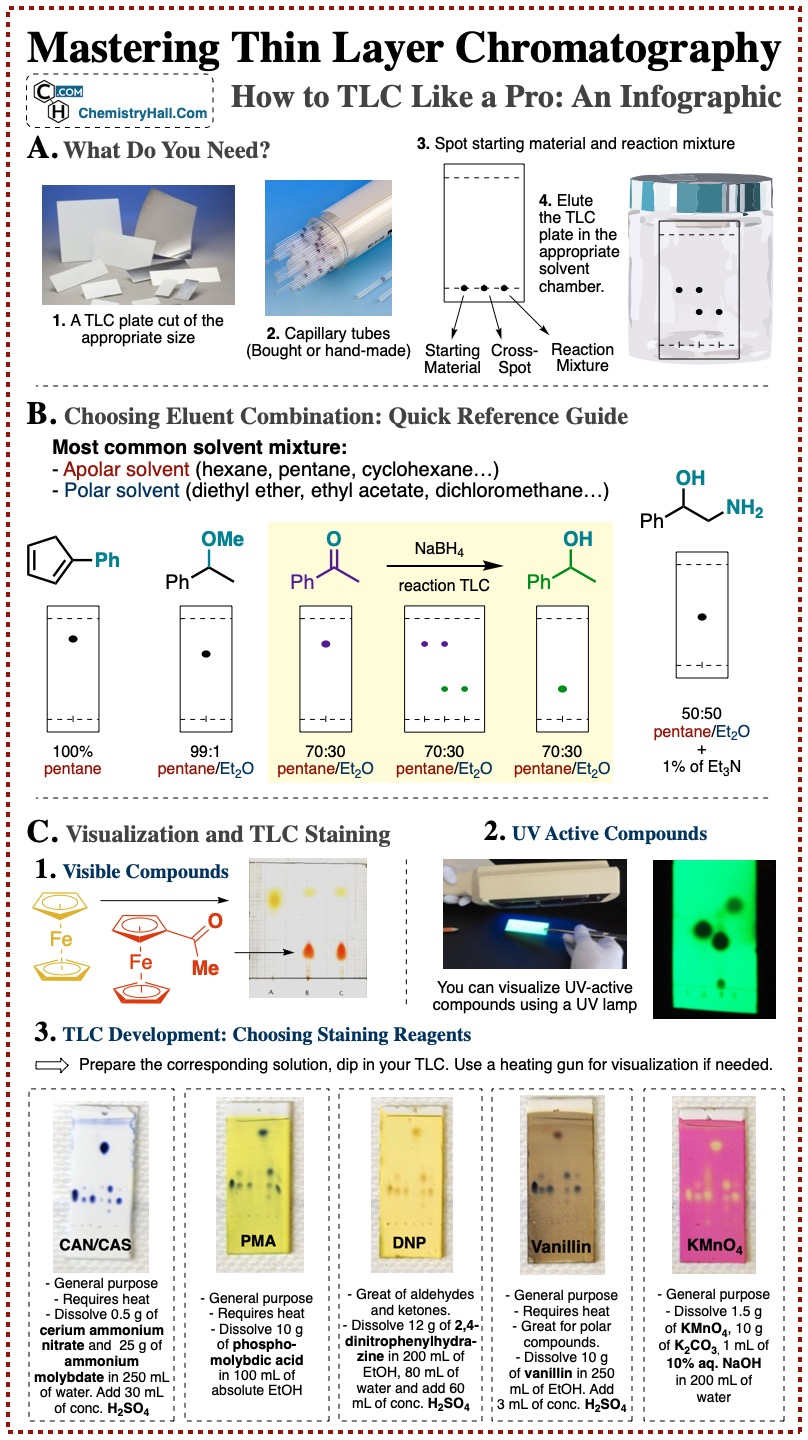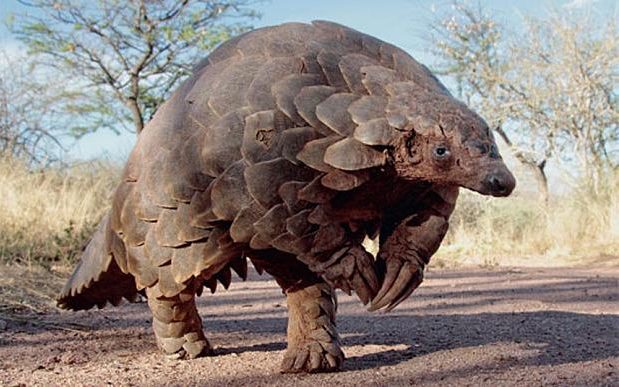Tlc Plate Drawing Tool
then... |
|---|
Drag a border or corner. The number of lanes will not change. |
Drag the origin or solvent front line. |
Drag the origin tick to the new location. |
1. Control-click in the plate. NOTE: You can also delete lanes with the Eraser tool. |
Drag the spot. The Rf displays as you drag. |
Option+Drag the spot. |
Click on the spot with the Eraser tool. NOTE: If you erase all spots in a lane, the lane will be deleted. |
1. Control-click on a spot. NOTE: To display Rf for all spots, Control-click in the plate and select Show Rf from the TLC Spots submenu. |
1. Control-click on a spot. NOTE: To change the style for all spots, Control-click in the plate and choose the style from the TLC Spots submenu. |
Shift+drag the spot. When you position the cursor on a spot and press 'Shift', the cursor assumes one of three shapes, depending on how it is positioned: 2. Horizontal arrow -used to widen a spot. NOTE: You may want to zoom in to make positioning easier. |
Use the main tools palette to create and manipulate drawings. The appearance of the toolbar is slightly different for the different versions of ChemDraw. The toolbar for ChemDraw Ultra is shown below. The table below describes the functions of the tools for all versions. Some of the tools have multiple options that can be selected from a tool. Beyond a full set of chemical structure essentials such as rings, bonds, chains, atoms, and functional group tools, ChemDraw Prime also allows you to calculate properties, create chemical and lab equipment templates, and utilize handy TLC Plate drawing tools. User-favorited hotkeys and shortcuts enable you to draw faster than ever before. Free TLC Drawing Tool for Mac Sorry if this is in the wrong sub, but I figured I’d ask for your help. I need to do a formal report for my Organic Chemistry Lab and have to include my TLC plate data. The TLC Tool is a drawing tool that allows you to easily depict Thin Layer Chromatography plates within a ChemDraw document. The tool creates a rectangular plate with origin line, solvent front, and one or more lanes. The lanes can be populated. Sketch a TLC plate, drawing a spot of Rf 0.4. Label the origin,solvent front and the spots. 100% (1 rating) Get this answer with Chegg Study. The TLC Tool is a drawing tool that allows you to easily depict Thin Layer Chromatography plates within a ChemDraw document. The tool creates a rectangular plate with.
Tlc Plate Drawing Tool Download
Introduction
Thin-layer chromatography (TLC) is a very commonly used technique in synthetic chemistry for identifying compounds, determining their purity and following the progress of a reaction. It also permits the optimization of the solvent system for a given separation problem. In comparison with column chromatography, it only requires small quantities of the compound (~ng) and is much faster as well.
Stationary Phase
As stationary phase, a special finely ground matrix (silica gel, alumina, or similar material) is coated on a glass plate, a metal or a plastic film as a thin layer (~0.25 mm). In addition a binder like gypsum is mixed into the stationary phase to make it stick better to the slide. In many cases, a fluorescent powder is mixed into the stationary phase to simplify the visualization later on (e.g. bright green when you expose it to 254 nm UV light).
Preparing the Plate
Do not touch the TLC plate on the side with the white surface. In order to obtain an imaginary start line, make two notches on each side of the TLC plate. You can also draw a thin line with pencil. Do not use pen. Why? The start line should be 0.5-1 cm from the bottom of the plate.
Tlc Plate Drawing Tools

Capillary spotters
Place a melting point capillary and in the dark blue part of the Bunsen burner flame. Hold it there until it softens and starts to sag. Quickly remove the capillary from the flame and pull on both ends to about 2-3 times its original length. If you pull the capillary inside the flame, you will have a 'piece of art', but not a good spotter. Allow the capillary to cool down, and then break it in the middle. Make sure that you break off the closed end on one of them. Do not use gloves when you pull capillaries. You will have much better control without them!
Watch movie how to pull capillaries here here
Spotting the plate
The thin end of the spotter is placed in the dilute solution; the solution will rise up in the capillary (capillary forces). Touch the plate briefly at the start line. Allow the solvent to evaporate and spot at the same place again. This way you will get a concentrated and small spot. Try to avoid spotting too much material, because this will deteriorate the quality of the separation considerably (‘tailing’). The spots should be far enough away from the edges and from each other as well. If possible, you should spot the compound or mixture together with the starting materials and possible intermediates on the plate. They will serve as internal reference since every TLC plate is slightly different.

Developing a Plate
A TLC plate can be developed in a beaker or closed jar (see picture below). Place a small amount of solvent (= mobile phase) in the container. The solvent level has to be below the starting line of the TLC, otherwise the spots will dissolve away. The lower edge of the plate is then dipped in a solvent. The solvent (eluent) travels up the matrix by capillarity, moving the components of the samples at various rates because of their different degrees of interaction with the matrix (=stationary phase) and solubility in the developing solvent. Non-polar solvents will force non-polar compounds to the top of the plate, because the compounds dissolve well and do not interact with the polar stationary phase. Allow the solvent to travel up the plate until ~1 cm from the top. Take the plate out and mark the solvent front immediately. Do not allow the solvent to run over the edge of the plate. Next, let the solvent evaporate completely.


TLC chamber for development e.g. beacher with a lid or a closed jar | after ~5 min | after ~10 min | after drying |
Visualization
Reagent | Works well for | Colors | Notes |
Iodine | Unsaturated and aromatic compounds | Brown spots | Not permanent |
Sulfuric acid | General stain | Brown or black spots | |
Chromic acid | For difficult to stain compounds | Black spots | |
UV light | Compounds with extended conjugation like aromatic compounds | Pink on light green background | Only visible under UV light |
Cerium sulfate | Good general stain, very well for alkaloids | ||
Ferric chloride | Phenols | Purple | |
Ninhydrin | Amino acids, amines | Purple | |
2,4-Dinitrophenylhydrazine | Aldehydes, ketones | Yellow/orange | also called “DNP” |
Vanillin | Good general stain, very well for hydroxyl or carbonyl compounds | Colors vary | |
Potassium permanganate | Works well for all compounds that can be oxidized | Yellow on purple
| at r.t. for alkenes and alkynes upon heating for alcohols, amines, sulfides |
Bromocresol Green | Carboxylic acids (pKa<5) | Yellow spot on blue background | |
Cerium molybdate (CAM, ‘Hanessian’s Stain’, Ceric staining) | Good general stain, very well with polyhydroxylated and carbonyl compounds | Blue or green spot | Upon heating, very sensitive! |
p-Anisaldehyde | Good general stain, particularly sensitive towards nucleophiles | Varying colors on light pink plate upon heating | Does not work with alkenes, alkynes or aromatic system unless functional groups are present |
Phosphomolybdic acid (PMA) | Very sensitive | Dark green spot on light green plate | Sensitivity can be enhanced by use of cobalt(II) chloride |
Ehrlich’s Reagent (Dimethylaminobenzaldehyde) | Indoles, amines | Pink or red-violet | |
Dragendorff-Munier Stain | Amines even the ones that are low in reactivity | Various colors |
In either way, the spots on the TLC plate should be circled (marked) to have a permanent record how far the compound traveled on the plate. Asketch of the developed plate should be placed in your lab notebook. A picture (cell phone) could not hurt either.
Analysis
The components, visible as separated spots, are identified by comparing the distances they have traveled with those of the known reference materials. Measure the distance of the start line to the solvent front (=d). Then measure the distance of center of the spot to the start line (=a). Divide the distance the solvent moved by the distance the individual spot moved. The resulting ratio is called Rf-value. The value should be between 0.0 (spot did not moved from starting line) and 1.0 (spot moved with solvent front) and is unitless.
The Rf (=retardation factor) depends on the following parameters:
- solvent system
- absorbent (grain size, water content, thickness)
- amount of material spotted
- temperature
Due to the fact that all those variables are difficult to keep constant, a reference compound is usually applied to the plate as well.
Useful links
Tlc Plate Drawing Tool Free
